The following is a concise list of 6 steps for the daily maintenance of the slitter to help effectively reduce the failure rate and extend the life of the equipment:
1. Cleaning and maintenance (daily/per shift)
• Blades & Rollers: Use a soft cloth to clean up debris and glue stains to avoid scratching the surface (operation after stopping).
• Fuselage and guide rail: remove dust and oil to prevent impurities from entering the transmission parts.
• Dust collection device: empty the waste bin and check whether the suction pipe is blocked.

2. Lubricate key areas (weekly/50 operating hours)
• Rails and bearings: Use special grease to apply linear guides and housings.
• Transmission chain/gear: add anti-wear lubricating oil drip, wipe off excess oil stains and prevent sticky dust.
• Pneumatic components (if any): Add 1-2 drops of light oil to the gas valve fittings.
3. Blade inspection and maintenance (per shift/during material change)
• Sharpness: Observe the quality of the cut surface and sharpen or replace the burrs in time.
• Installation status: Confirm that the blade is tightened without loosening and the angle is not offset.
• Anti-rust treatment: Apply anti-rust oil protection when the machine is shut down for more than 24 hours.

4. Drivetrain Inspection (Weekly)
• Belt/coupling: check the tightness without cracks or slippage.
• Servo motor: clean the heat dissipation hole, monitor for abnormal noise or overheating (temperature < 60°C).
• Gearbox: When the oil level is insufficient, the lubricating oil of the specified model is replenished.
5. Electrical & Safety Devices (Daily)
• E-stop button: test response sensitivity.
• Sensor/photoswitch: Clean the sensor head to ensure position alignment.
• Wiring: Check that there is no exposure, aging, and the joints are tight.

6. Parameter calibration (monthly/when switching materials)
• Tension system: Use standard weights to check whether the tension value is accurate.
• Correction device: test the automatic correction function and adjust the sensitivity.
• Slitting accuracy: measurement width error after cutting 100 meters of material (within ±0.2mm).
⚠️ Additional tips
• Record maintenance logs: including date, operator, and abnormal conditions.
• Wearing parts inventory: Keep blades, belts, etc. on hand to avoid downtime and waiting for parts.
• Operational training: non-professionals are prohibited from adjusting core parameters.
By regularly implementing these 6 steps, sudden failures can be reduced by more than 60% and production efficiency can be significantly improved. When encountering complex problems, it is recommended to contact the manufacturer's technical support.
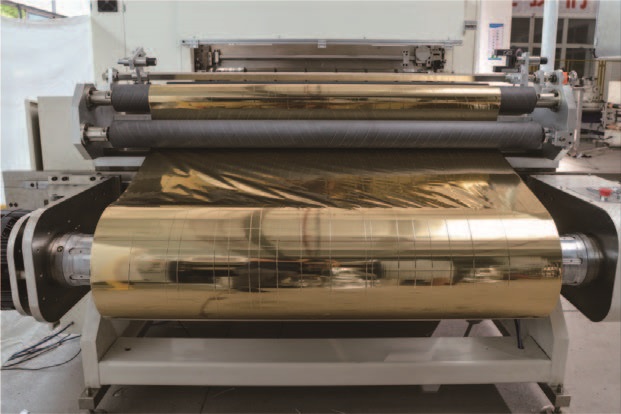
Every millimeter of precise slitting, every technological breakthrough, silently speaks of the brand's persistent pursuit of perfection.
31. December, 2025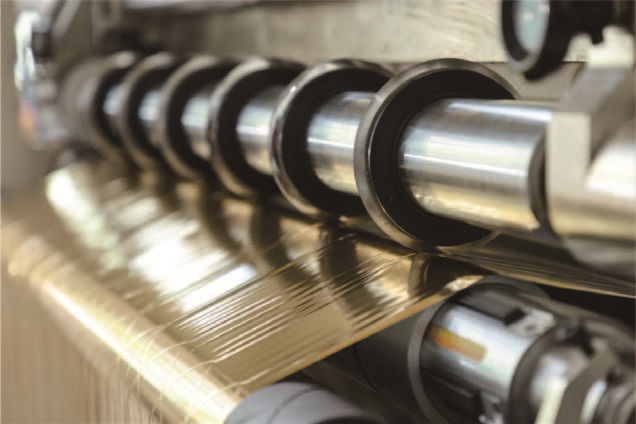
The traditional large-scale standardized production model is gradually transforming into a customized direction with small batches, multiple specifications, and fast delivery.
31. December, 2025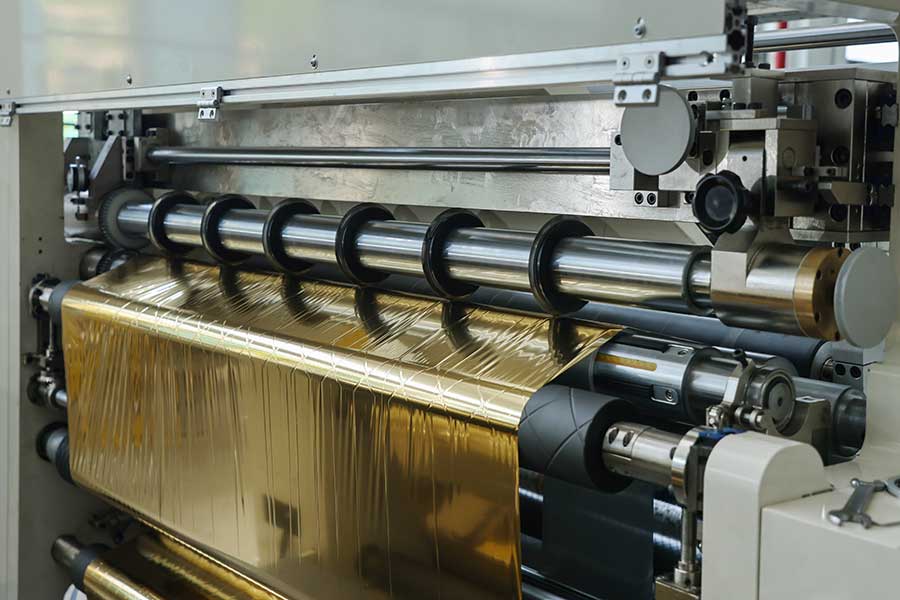
This article will provide an in-depth explanation of the five core technical parameters of hot foil slitting equipment to help you make informed purchasing decisions.
31. December, 2025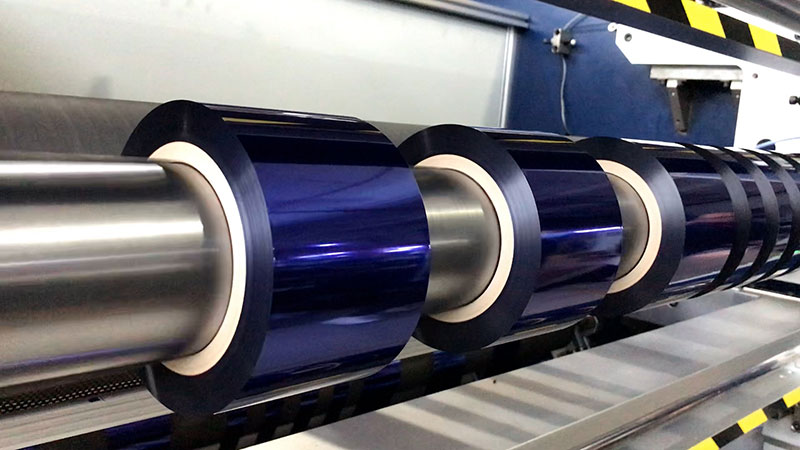
With the emergence of high-precision hot stamping foil slitting machines, this industry pain point is being fundamentally solved.
30. December, 2025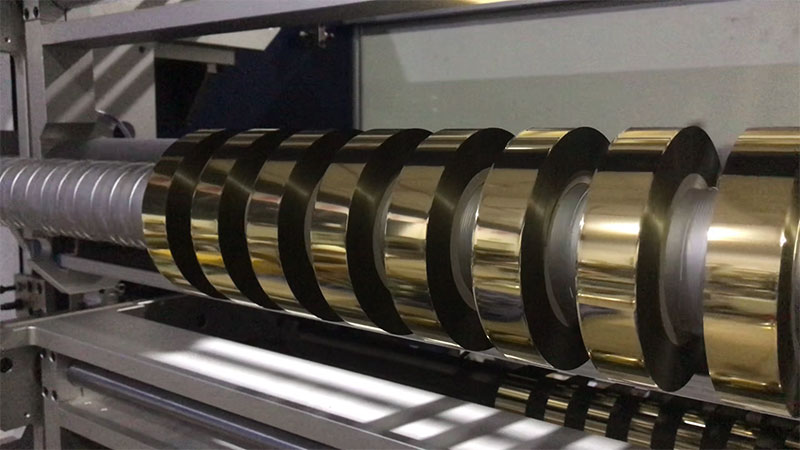
The emergence of automated slitting technology is providing innovative solutions to this industry problem.
30. December, 2025